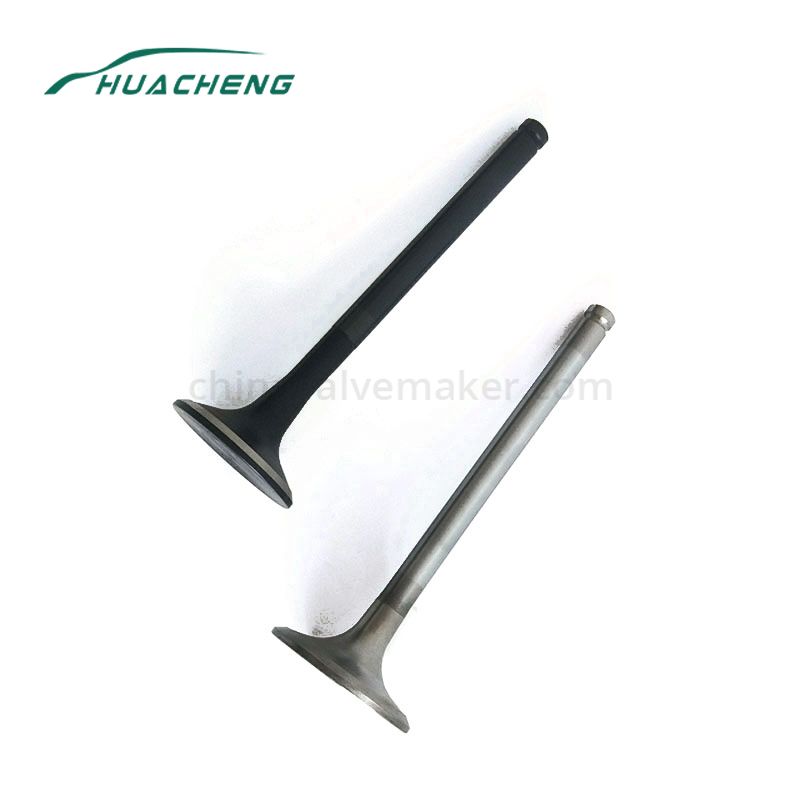The term "four stroke" comes from the number of piston strokes required to complete the combustion cycle. Stroke means that the piston moves from the highest position (top dead center) to the lowest position (bottom dead center) in the cylinder or from the lowest position to the highest position. The four strokes are intake, compression, power, and exhaust. Engine valve exporter shares with you.
1. Intake stroke. The intake stroke is the first of four strokes in the combustion cycle. When the piston leaves the top of the cylinder, the intake valve opens. The downward movement of the piston creates a vacuum (negative pressure) in the cylinder. The relatively high pressure (ambient pressure) outside the cylinder pushes the mixture of air and fuel into the cylinder. After the piston reaches the bottom of the cylinder, the intake valve closes.
2. Compression stroke. The second stroke of the combustion cycle is the compression stroke. When the piston starts to move upward in the cylinder, the compression stroke begins. The intake valve is closed, trapping the air-fuel mixture in the cylinder. The upward movement of the piston compresses the mixture into a small volume.
Compressing or compressing the air-fuel mixture is very important to develop maximum power. The higher the compression, the greater the pressure exerted on the piston when the air-fuel mixture ignites. Compression can also preheat the mixture, which helps it burn efficiently.

3. Power stroke. The third stroke is the power stroke. When the compressed air-fuel mixture is ignited in the combustion chamber, the power stroke begins. The spark plug on the cylinder head generates an electric spark in the combustion chamber, igniting the air-fuel mixture. The burning fuel expands rapidly, generating high pressure on the top of the piston. This pressure moves the piston downward. The downward motion provides power to turn the crankshaft, which in turn drives the equipment. The crankshaft converts the up and down motion of the piston (on all four strokes) into rotary motion.
4. Exhaust stroke. The last stroke of the cycle is the exhaust stroke. When the piston approaches the end of the power stroke, the exhaust valve opens. The pressure in the cylinder makes the exhaust gas rush out of the valve and enter the exhaust system. The piston moves the cylinder upward and expels most of the remaining exhaust gas from the combustion chamber. When the piston approaches the top of this stroke, the exhaust valve begins to close and the intake valve begins to open.
The exhaust stroke completes the combustion process. The opening of the intake valve marks the beginning of a new cycle. This cycle occurs in each cylinder and repeats as long as the engine is running.